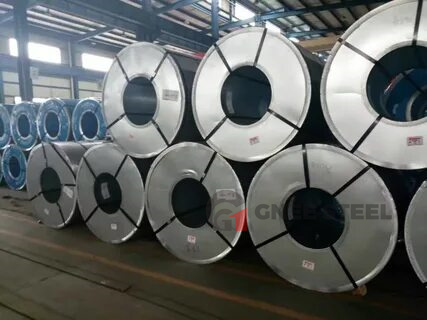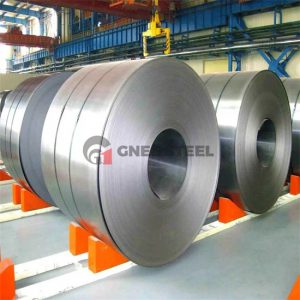Silicon Steel

Frequency Response of silicon steel
The frequency response of silicon steel refers to its ability to maintain its magnetic properties and efficiency across a wide range of frequencies. product description Thickness 0.2...
DESCRIPTION
The frequency response of silicon steel refers to its ability to maintain its magnetic properties and efficiency across a wide range of frequencies.
product description
|
Thickness
|
0.2- 0.35 mm
|
|
Width
|
900-1230 mm
|
|
Packing
|
Export standard package (as per requirements)
|
|
Payment Terms
|
30% T/T in advance as deposit,70% balance against the B/L copy or 100% irrevocable L/C at sight
|
|
MOQ
|
1 ton per size
|
|
Delivery time
|
7-20 days after receiving L/C or deposit
|
|
Remark
|
Specific requirement of alloy grade,temper or specification can be discussed at your request
|
The core loss of silicon steel includes hysteresis loss and eddy current loss. Hysteresis loss is caused by the energy dissipated as the magnetic domains within the material undergo magnetization and demagnetization cycles. Eddy current loss is due to the circulating currents induced within the material when it is subjected to changing magnetic fields. Silicon steel is designed to minimize both hysteresis loss and eddy current loss, providing a low core loss across a wide frequency range.Silicon steel is often manufactured as thin laminations or layers to reduce the effect of eddy currents. These laminations are insulated from each other to inhibit the flow of eddy currents and minimize losses at higher frequencies. The laminated structure helps maintain the efficiency and performance of electrical devices, especially at high frequencies.







